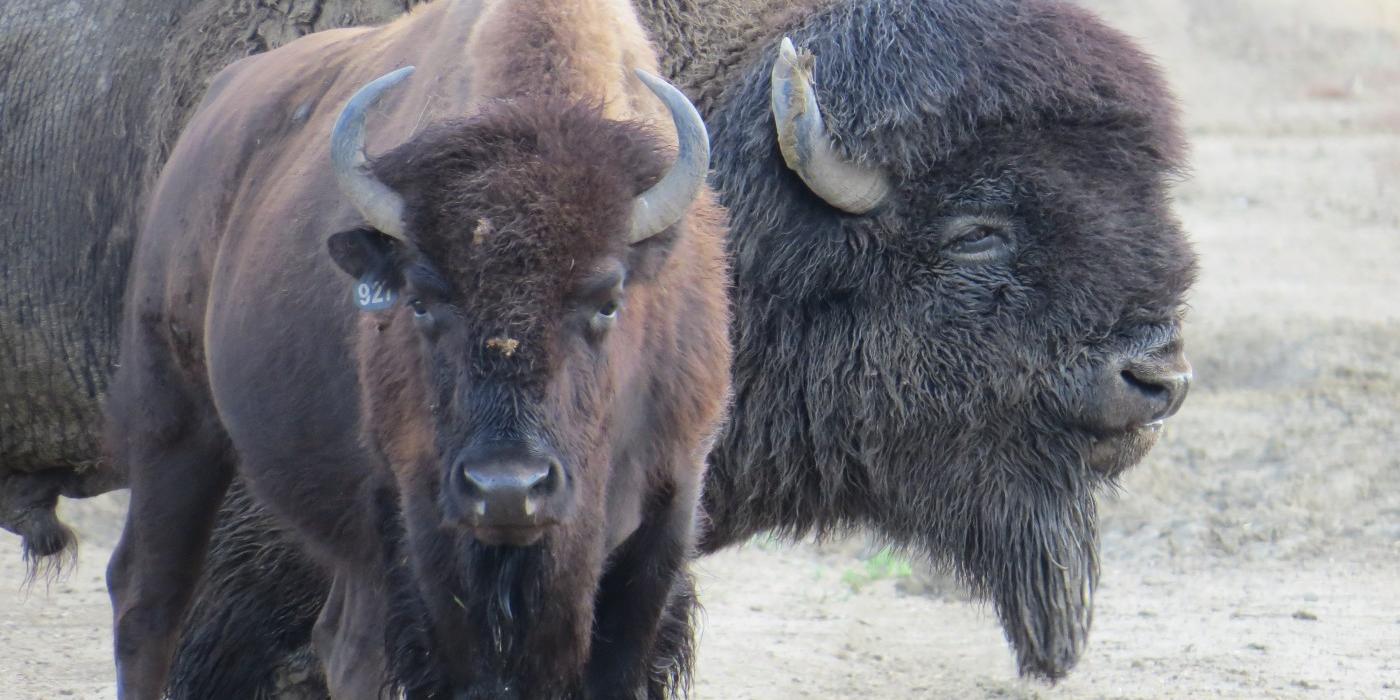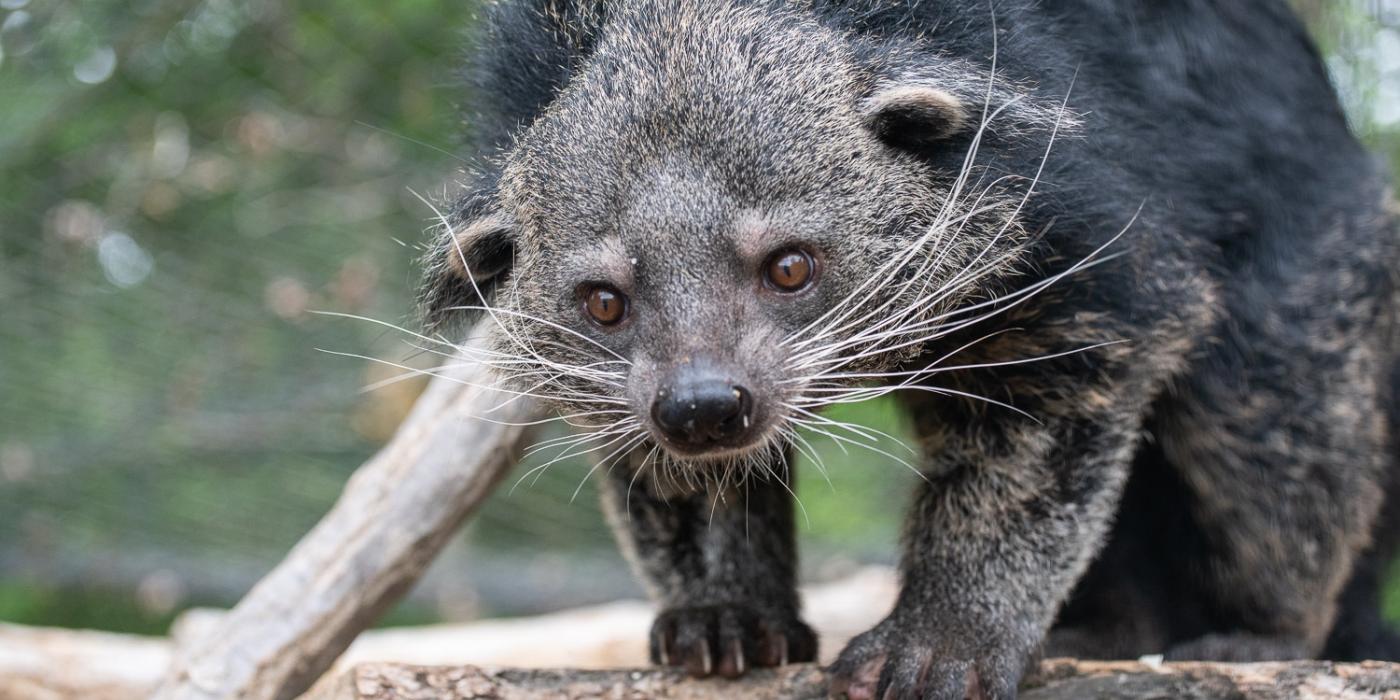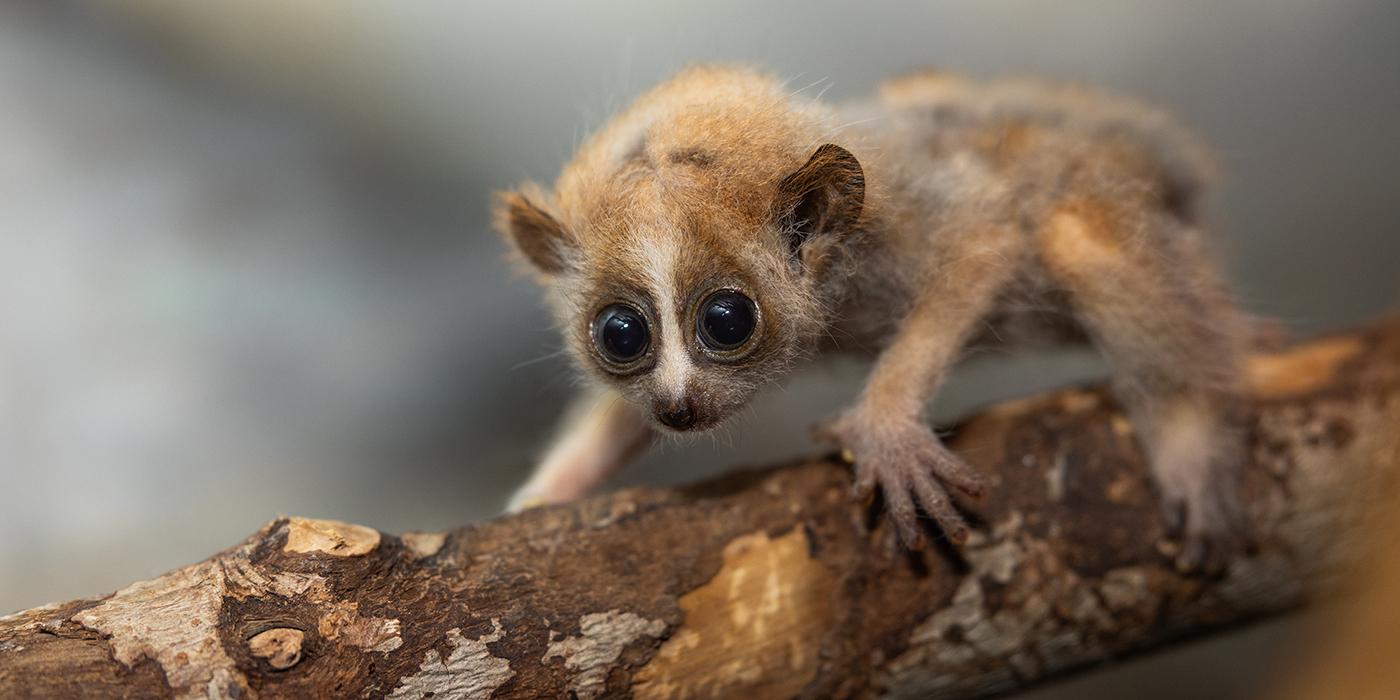How Do You Keep Animals Cool in the Heat?
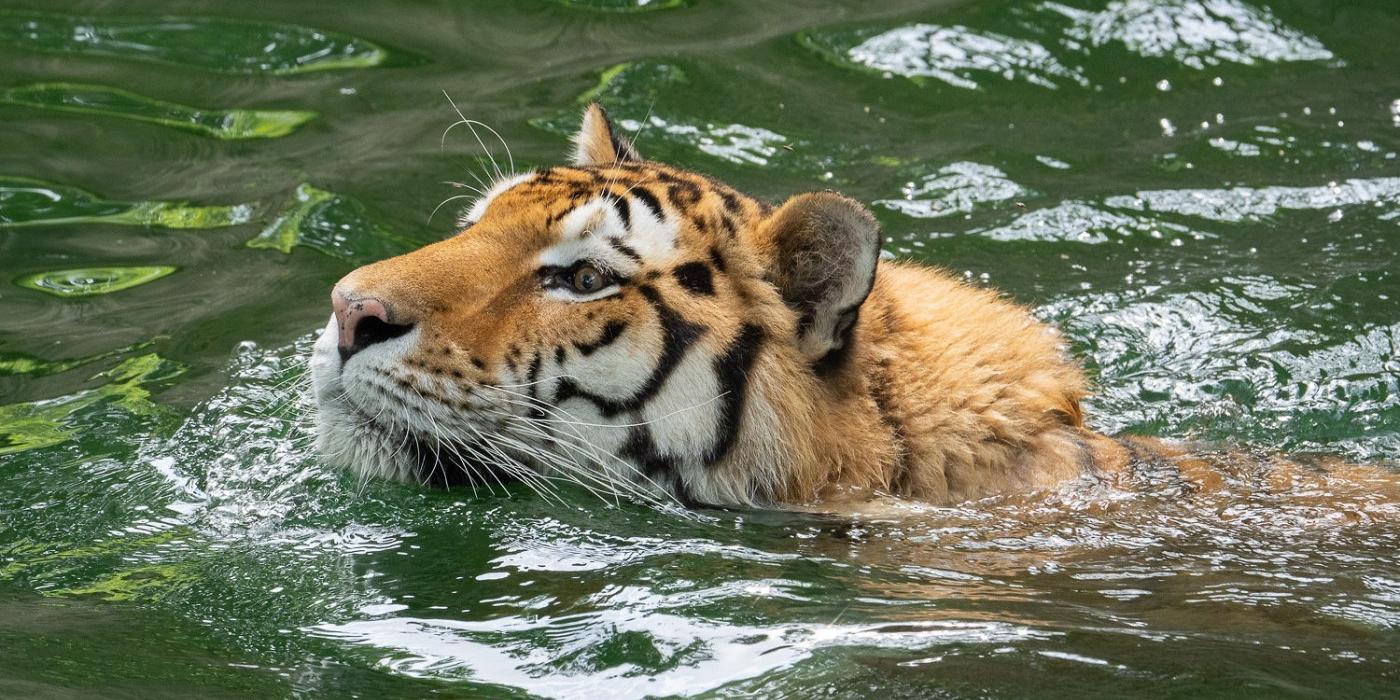
How do you get an elephant to exercise, safely introduce two songbirds, or prepare a cheetah for a veterinary exam? In this series, get an insider’s look at how animal keepers use activities, food, training and toys to care for the Smithsonian’s National Zoo’s animals. Find out how enrichment stimulates the senses, why training builds trust, and how keepers come up with new ways for animals to explore and use their natural behaviors each day.
If you have visited the Smithsonian’s National Zoo during the summer, then you know it can get hot, muggy and buggy here in Washington, D.C.! Have you ever wondered how we help animals handle the heat?
The Zoo’s exhibits are designed with species’ needs in mind. Some have pools and streams for animals that like to swim, while others have trees or structures that provide a lot of shade. We make sure our animals are kept in appropriate temperatures year-round. Many have the choice to spend time outside or in a temperature-controlled indoor space.
On the hottest of summer days though, even animals that are naturally found in warmer climates and adapted to handle extreme heat might seek relief. Like us, they can slow down, lose their appetite, and even get a little irritable when temperatures get too extreme. If you were walking through the Zoo on a hot day, feeling a little tired and maybe a little grumpy, you might consider stopping for an ice-cold drink or a frozen snack. Many of our animals cool off in the same way. On hot summer days, our swamp monkeys enjoy frozen treats, such as nondairy blueberry yogurt popsicles, by their pool. Swamp monkeys are skillful swimmers and will take a dip in the pool to cool off as well.
We use enrichment to encourage animals to be physically active while searching for food, just as they would in the wild. When we add ice to enrichment, it also helps them beat the heat. We hide snacks for our otters and hogs in buckets of ice, so they cool off while they forage for food.
Juice feeders provide a cool drink for our black-and-white ruffed lemurs on hot days. To make these special feeders, we insert tubes into the top of a PVC cap. We fill the tubes with diluted juice and hang the feeders around the exhibit for the lemurs to find.
The lemurs use their long tongues and narrow snouts to lick the juice out of the tubes — similar to how they would eat nectar from flowers in the wild. Black-and-white ruffed lemurs are nectivores and frugivores, meaning they mainly eat nectar and fruit. That makes diluted juice the perfect hot-weather treat.
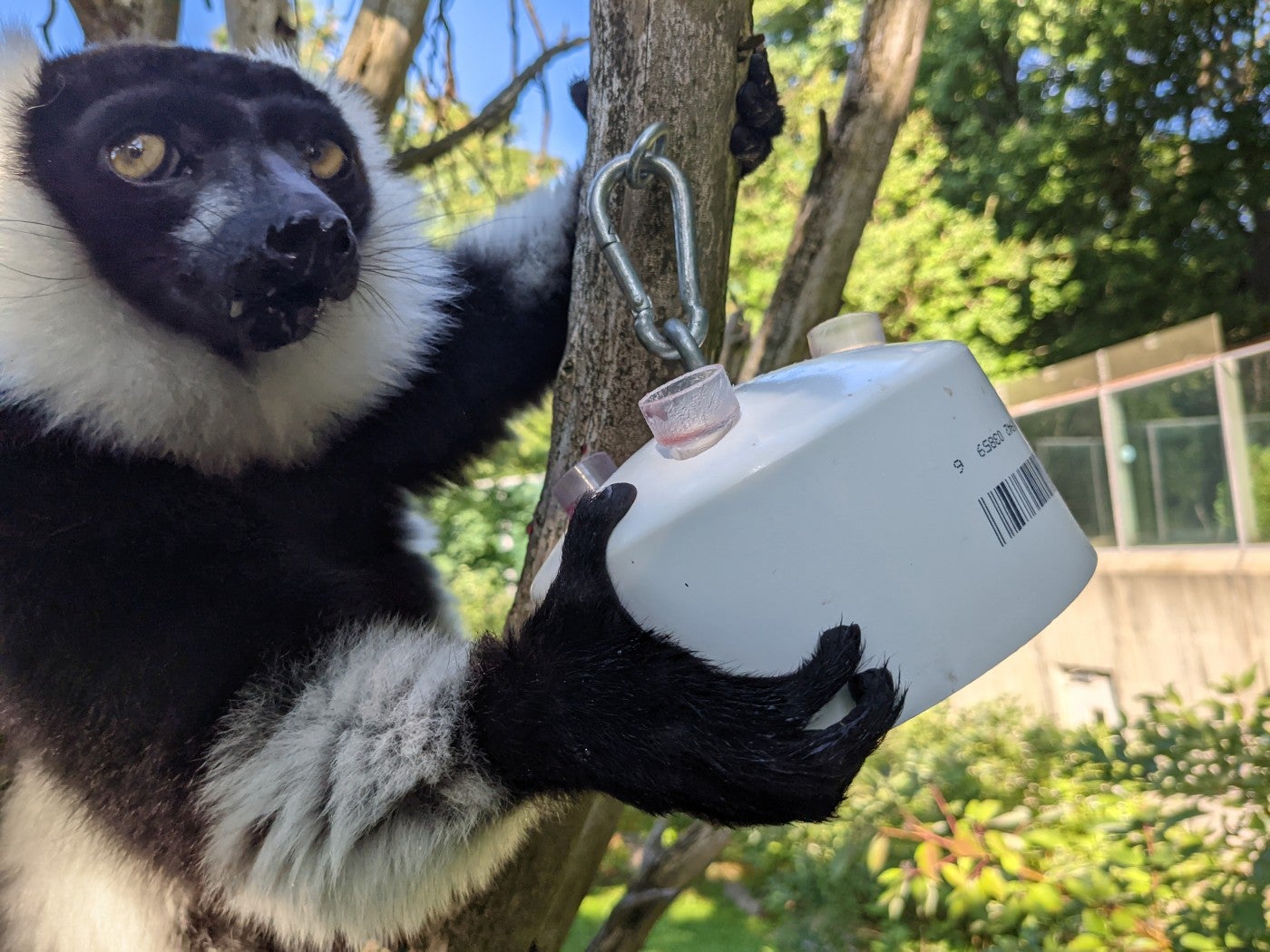
If you were heading up the Zoo’s main path, Olmsted Walk, on a hot afternoon, you might walk through one of our misting stations to cool off. Cool water can also offer our animals quick relief from both the heat and the biting insects that buzz around in the summer.
Bison are well suited to handle hot days (they shed their thick fur in the summer), but they often come over while we hose off their barn and wait for their turn to be hosed off too! Our sitatunga, Waylon, stands under a mister in his exhibit to stay cool and keep the bugs away. He will even drink the water that drips off his nose as he cools down. The Ruppell’s griffon vultures take a dip in a water tub when it’s time for a cold bath.
There are many creative ways to use enrichment to keep animals cool, and to provide them with physical and mental stimulation throughout the day. During your next visit to the Zoo, see if you can spot how we are helping animals stay comfortable in the heat!
Related Species:

